Sun and Colour
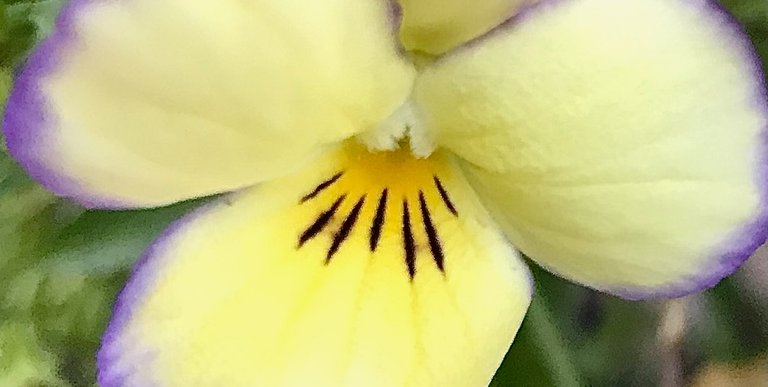
Enjoyed a super nice day yesterday. The sun came out, and with a little warmth. The weather forecasters continued to insist it was only 8 degrees Celsius, but it was definitely warmer than that. Still the air was crisp and clean.
Minime and I had to take advantage of such a glorious day. One of our favorite things to do is travel to a place we have never been before and take a long walk of discovery. Yesterday, we took the Seabus to North Vancouver and the Londsdale Quay. We then walked along the water, just about to the Lion's Gate Bridge.
Complete contentment for Minime and me.
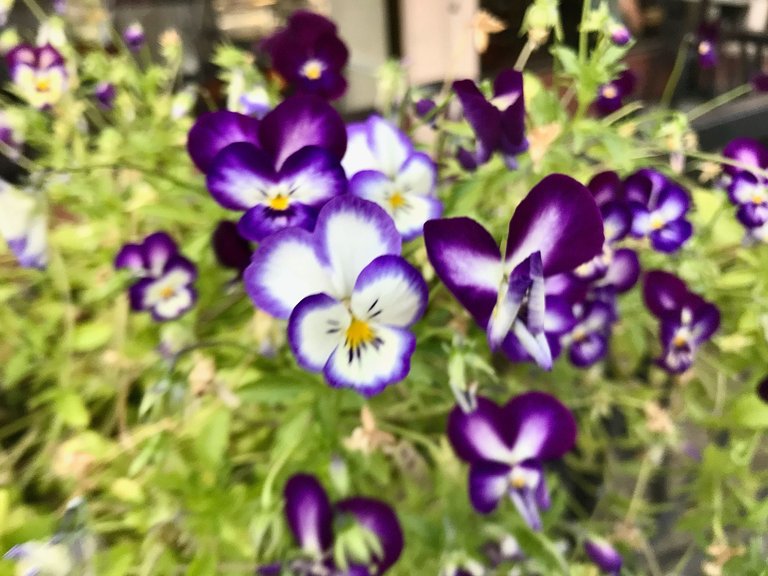
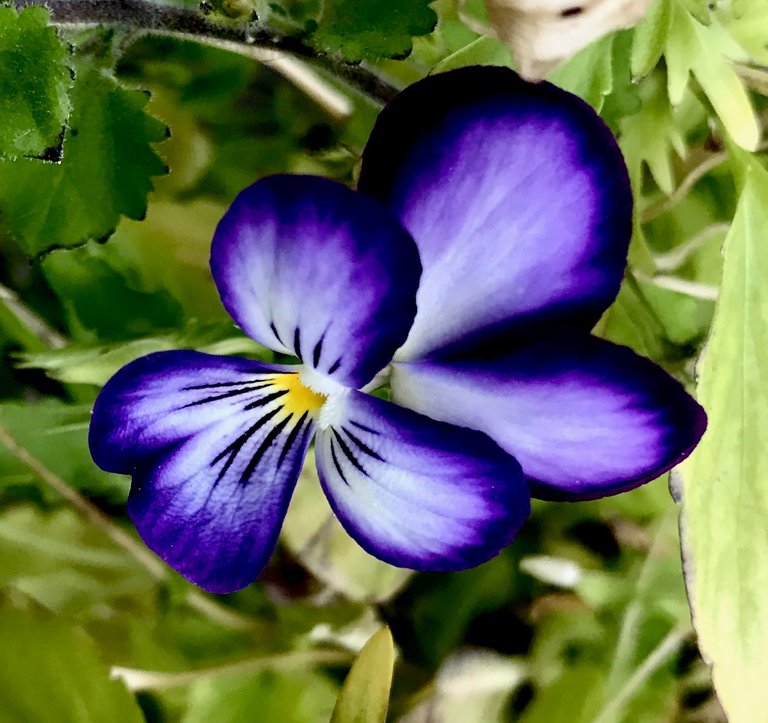
Eventually, we did have to return home and to our studies. It was late in the day and we didn't have much time. We prioritized Language Arts and our foreign language study. Today the plan is to complete a lab on photosynthesis and a color wheel for out Art program. We have been working on the artistic science of colour. Today we are going to look at colour mixology and the colour wheel.
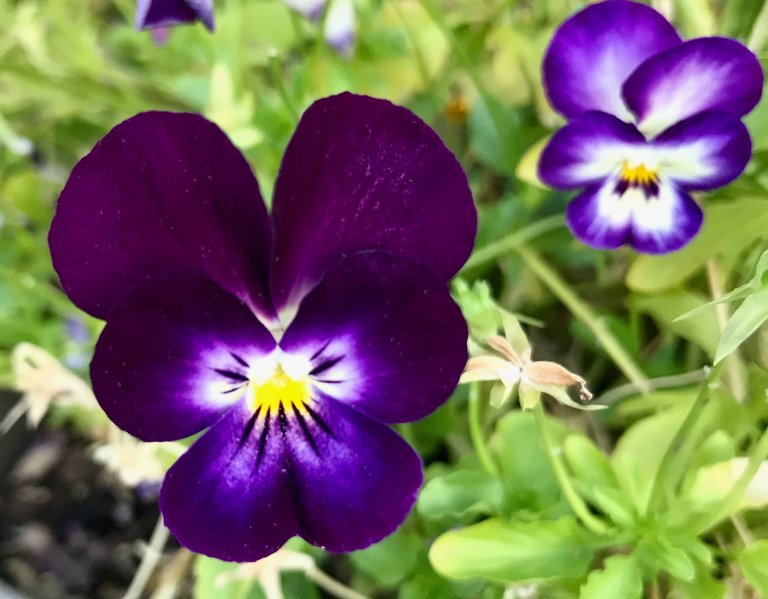
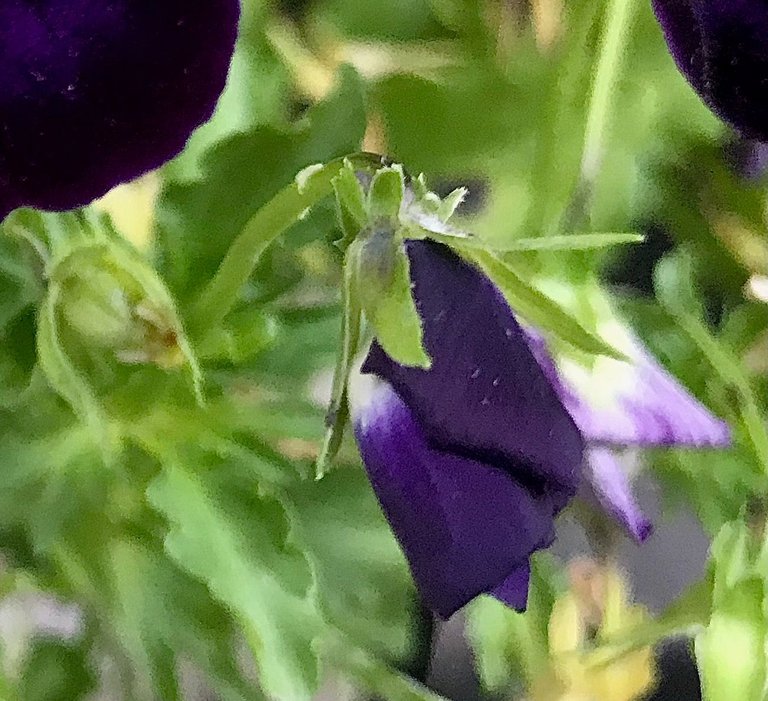
From our studies ...
Artists use primary, secondary, and tertiary colours. Together they make all the colours of the rainbow or the colour wheel. These colours can be separated into two groups on the color wheel; warm and cool. The colours yellow through violet are warm, including the oranges and reds. Violet through yellow green are the cool colours, including the greens and blues. We can also change a colour’s tint by mixing it with white. We can change a colour’s shade by mixing it with black, and you can change its tone by mixing it with grey.
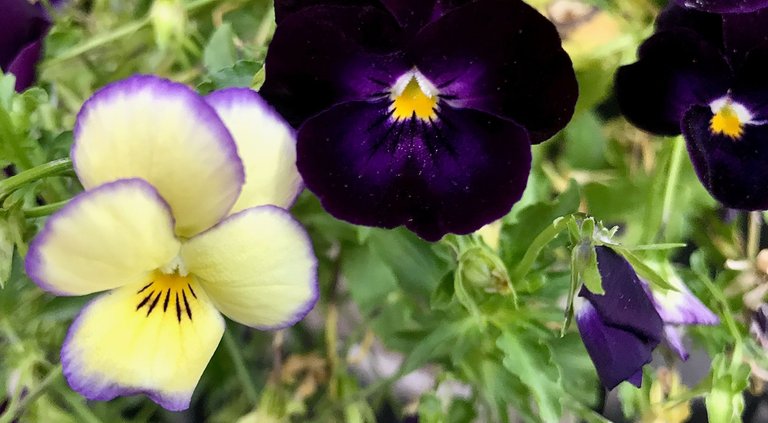
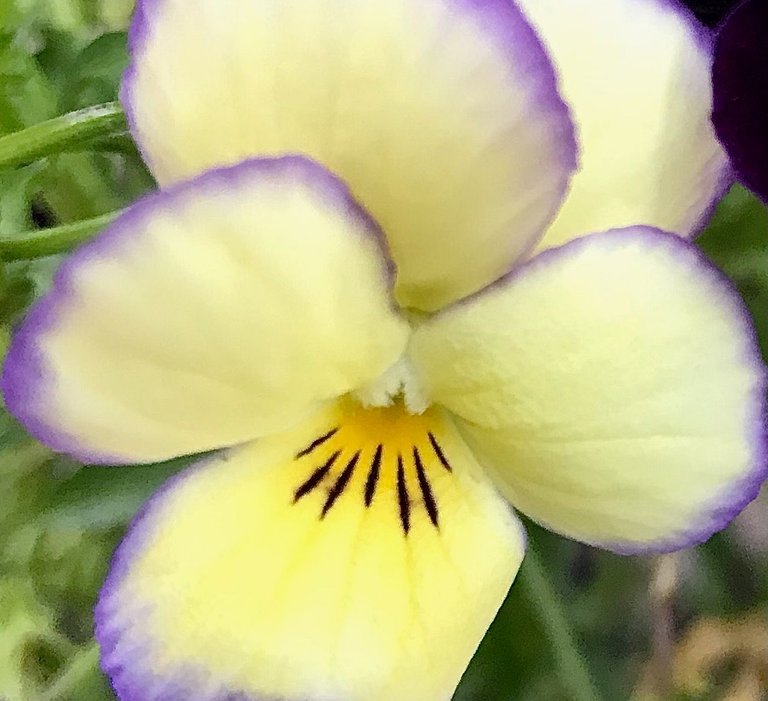
Black, white, and grey are neutral colours. Brown and beige are also neutral colours. Neutral colours are often called earth tones, as they are the colours of soil, dirt, and rock.
Artists may also use Complementary colours, colours opposite of each other on the colour wheel. If you blend complementary colours together, they cancel each other out, and you get a grey or black. Using complementary colours next to each other makes them stand out, since one will be warm and one will be cool.
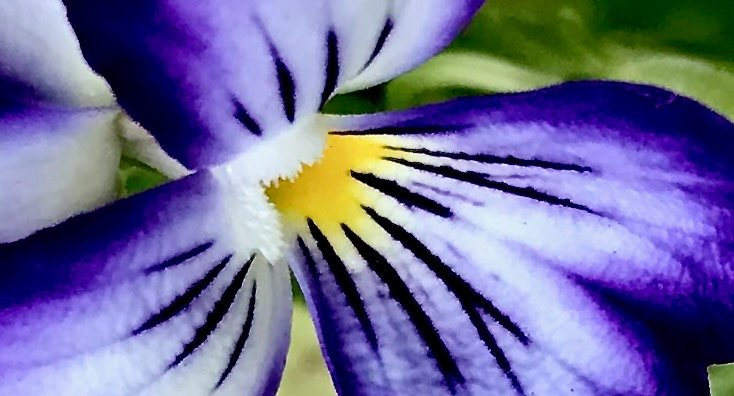
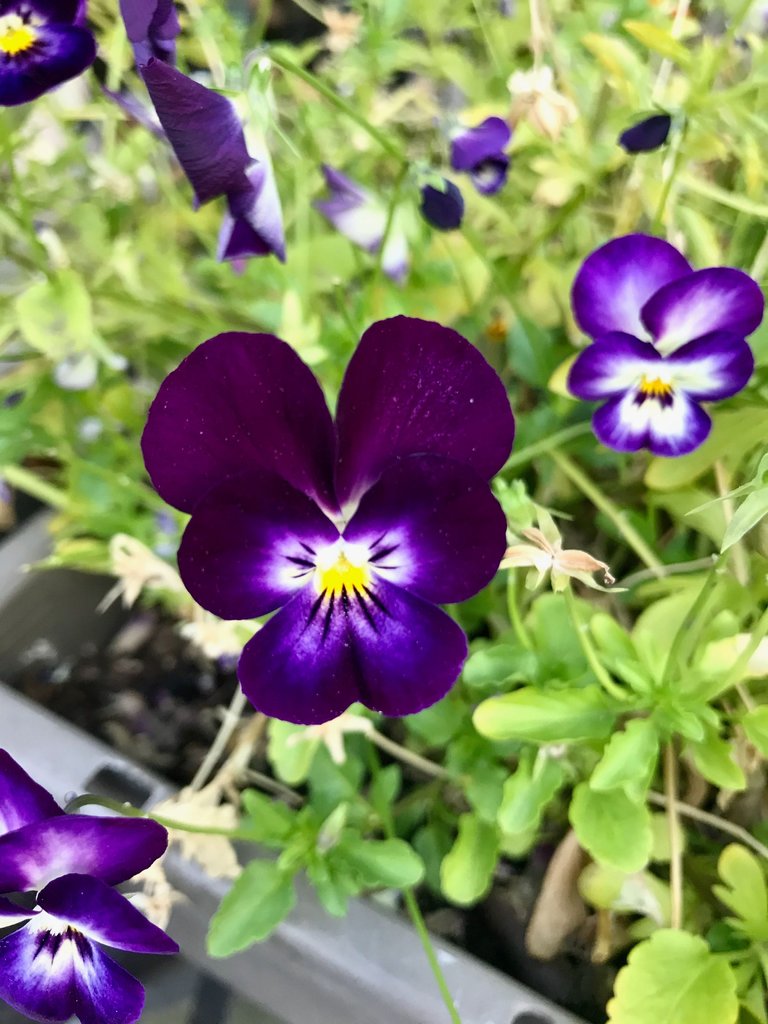
The primary colours are red, yellow, and blue. They cannot be made from the mixing of any other colours. When you mix them together, you create the secondary colours. Red and blue make purple, blue and yellow make green, and red and yellow make orange. The secondary colours are purple, green, and orange. If you mix primary and secondary colours, you will make a tertiary colour. For example when you mix red and orange, you get red-orange. If you mix yellow with orange, you will get yellow-orange.
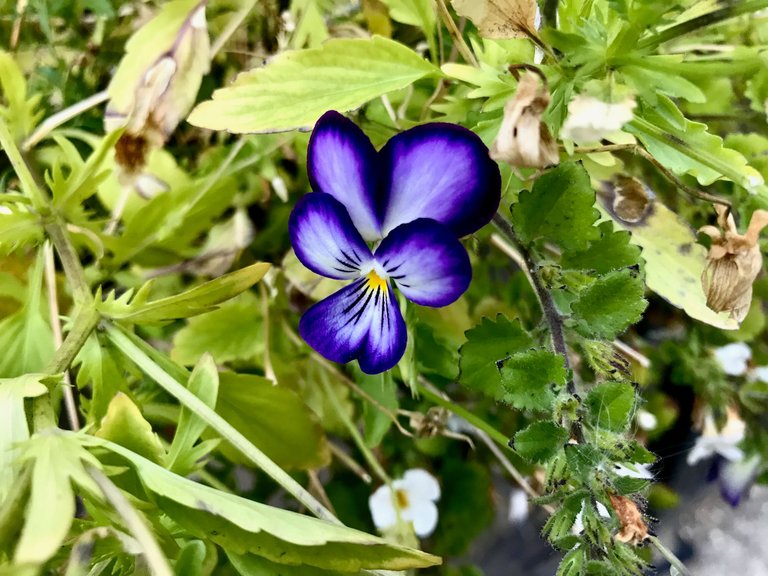
The other tertiary colours are yellow-green, blue-green, blue-violet, red-violet. Purple and violet are the same colour. If we look at the colour wheel and draw a right side up triangle, the primary colours fit in the corners. Then if we draw an upside down triangle, the secondary colours fit in its corners. The tertiary colours go between the primary and secondary colours and outside of the star you have drawn with the triangles. (See below the colour wheel from our notes)
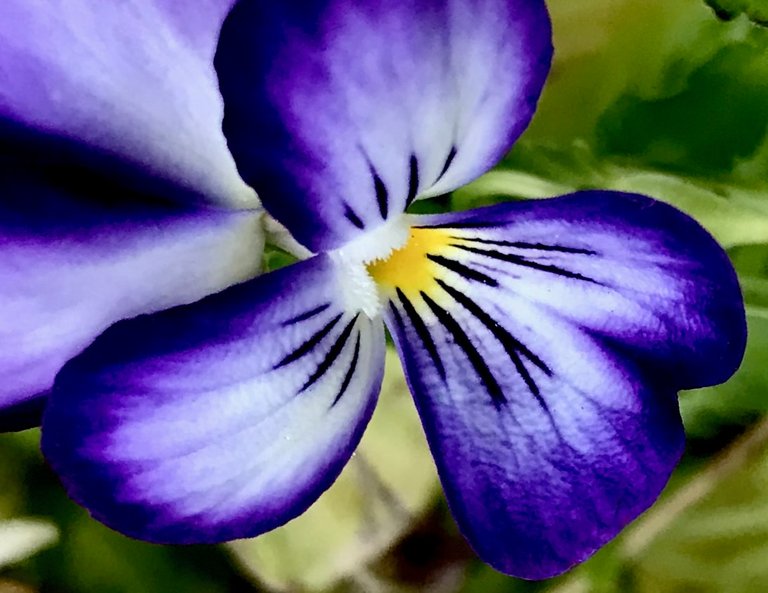
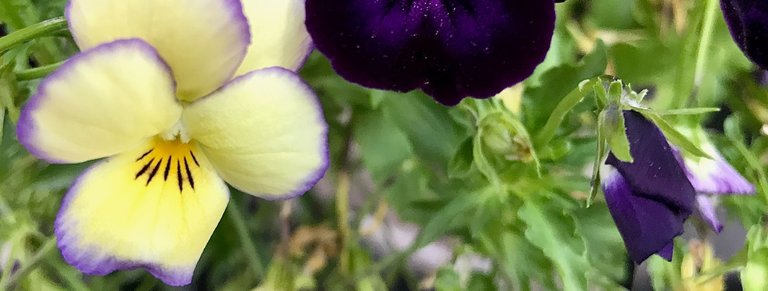
***
Words and Images are my own.
Click on any title below to further explore and support my writing.
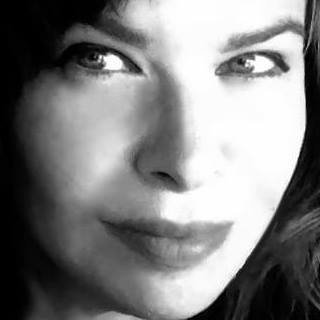

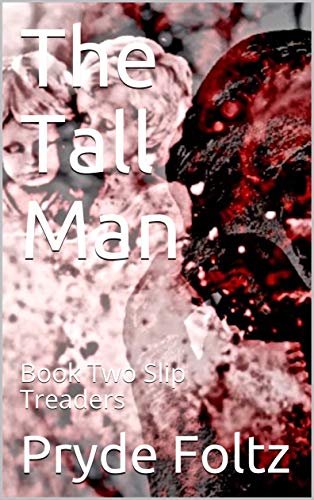
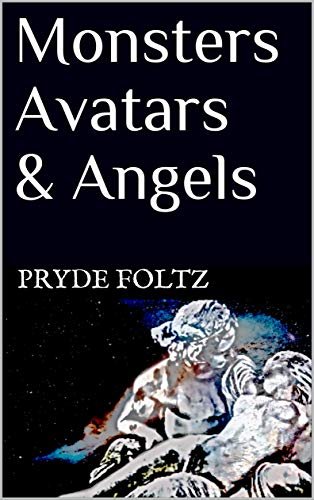
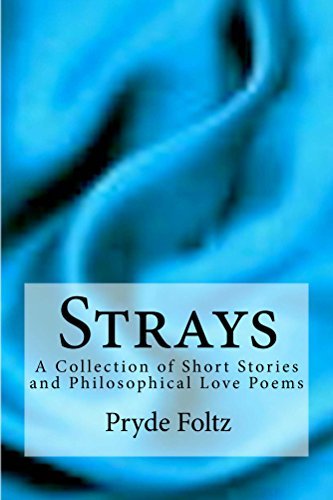
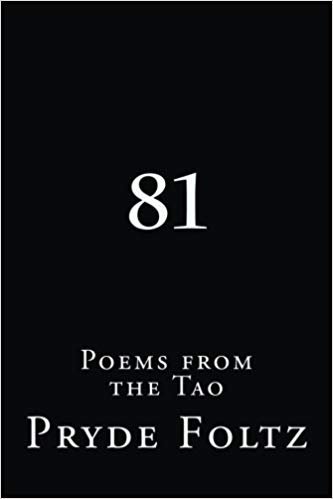
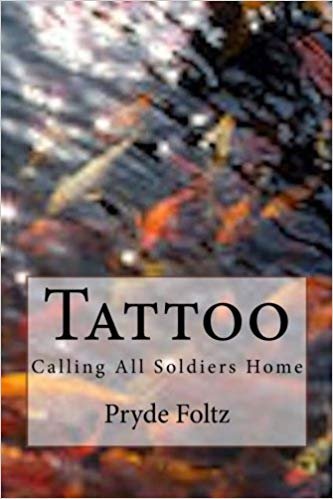
I also wish to learn foreign language but I’m too busy for myself. Well, you and Minime had a nice walk and you took lovely pictures too
It doesn't take long to learn a new language or even a few. 15-30 minutes a day will do you. Duolingo is and amazing resource.
Purple color is also my favorite color, the flowers of this color are very beautiful and it is very happy to come to such a place and see such beautiful things.